-
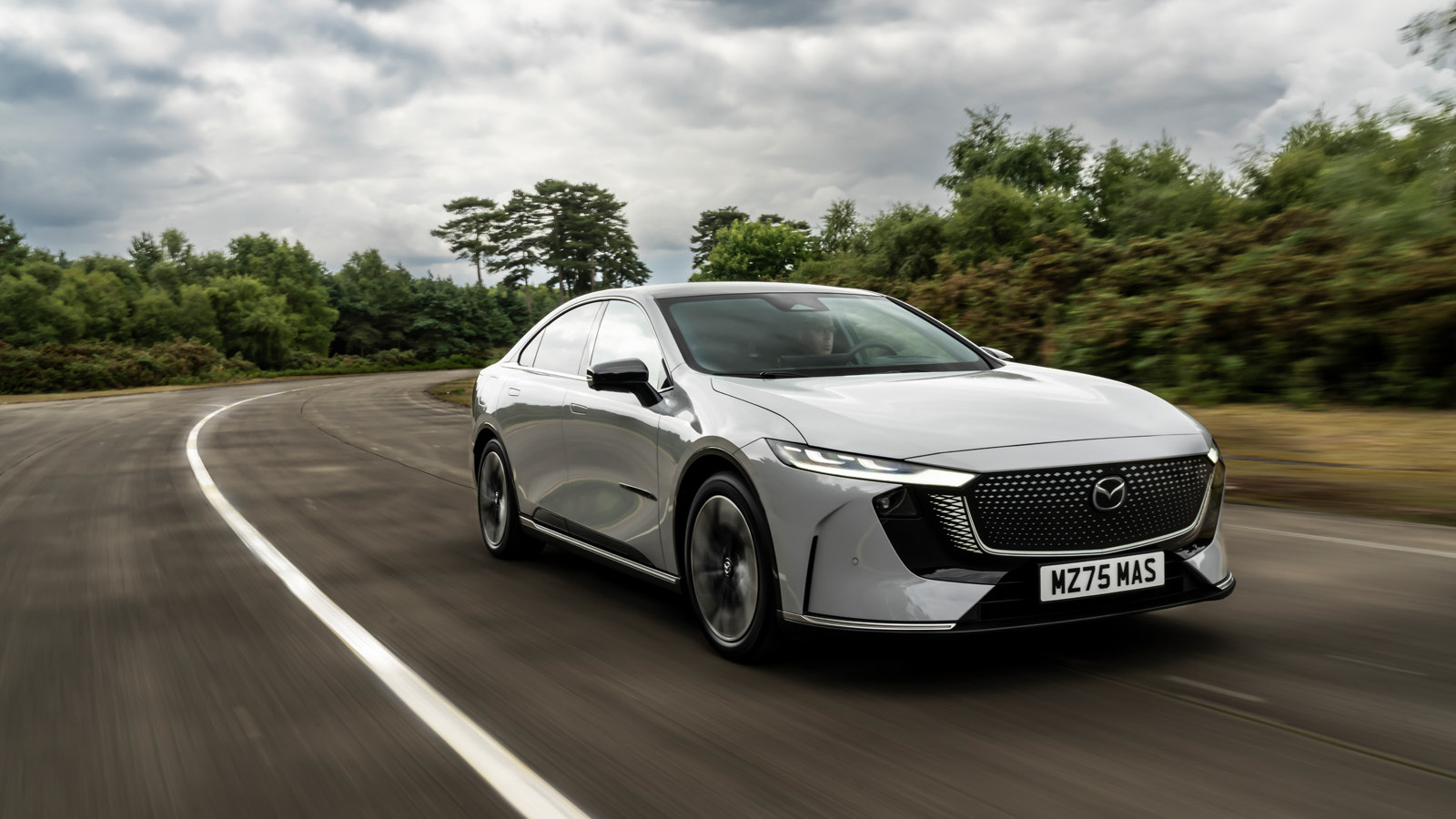 © Mazda
© Mazda -
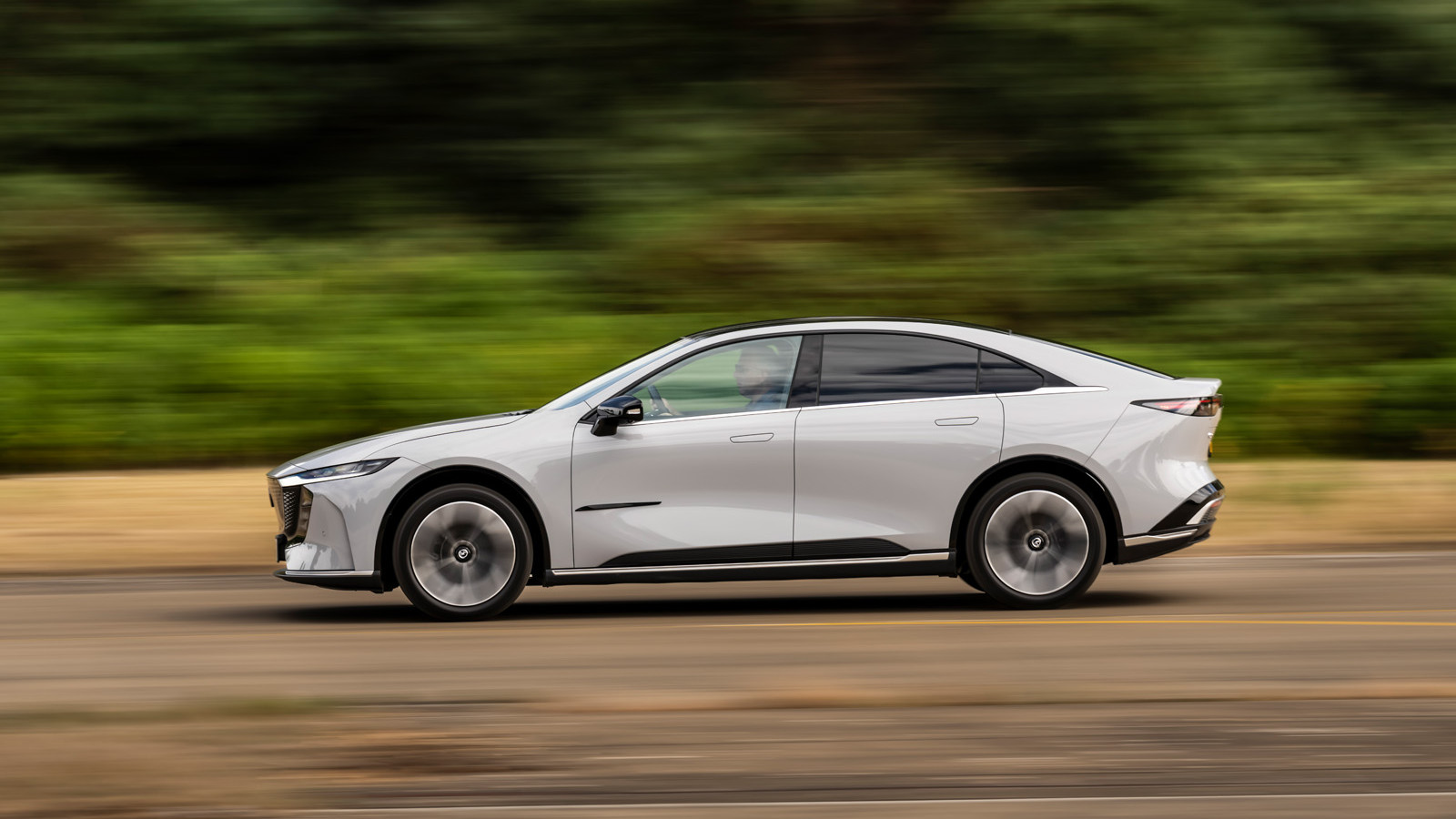 © Mazda
© Mazda -
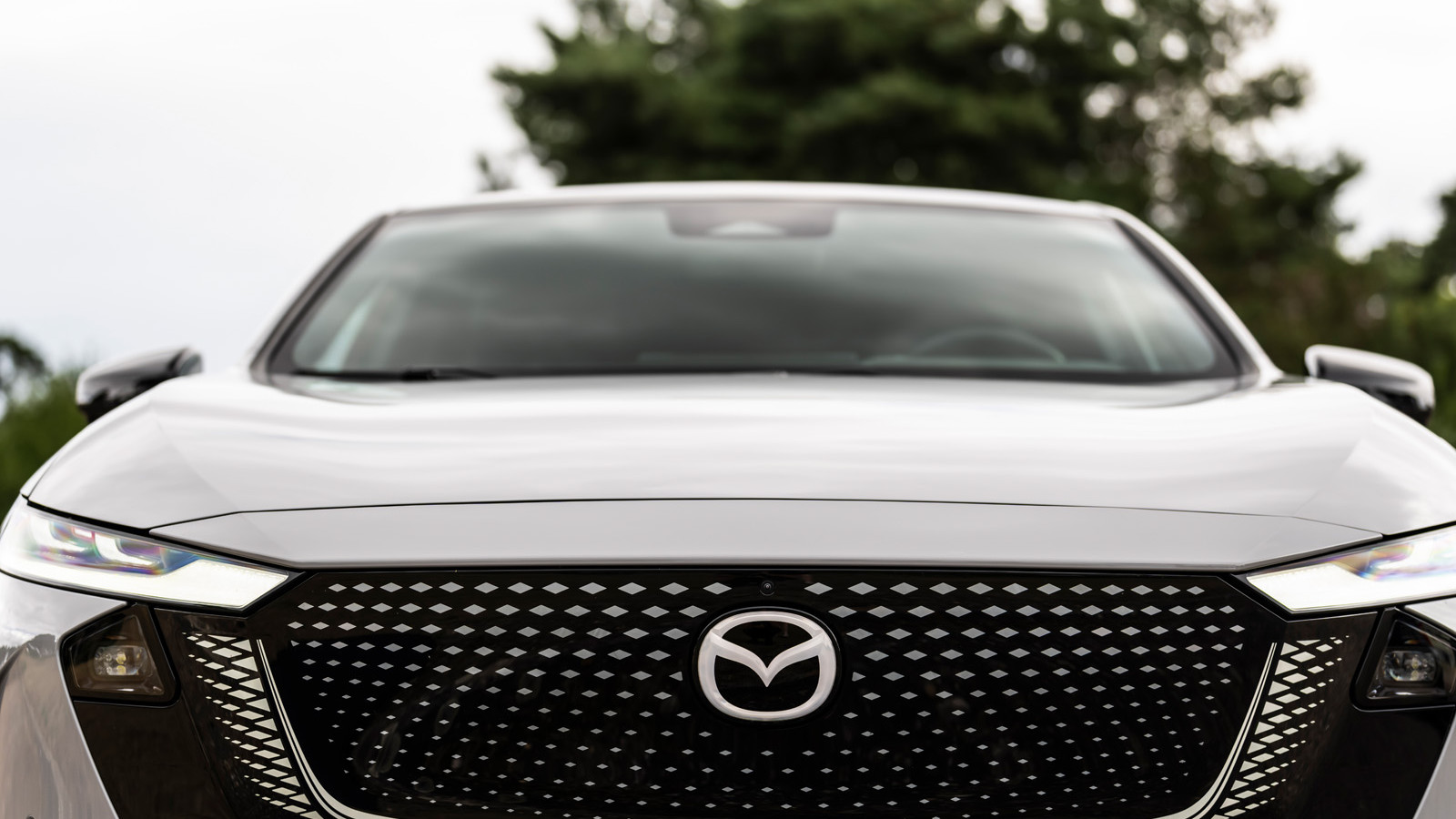 © Mazda
© Mazda -
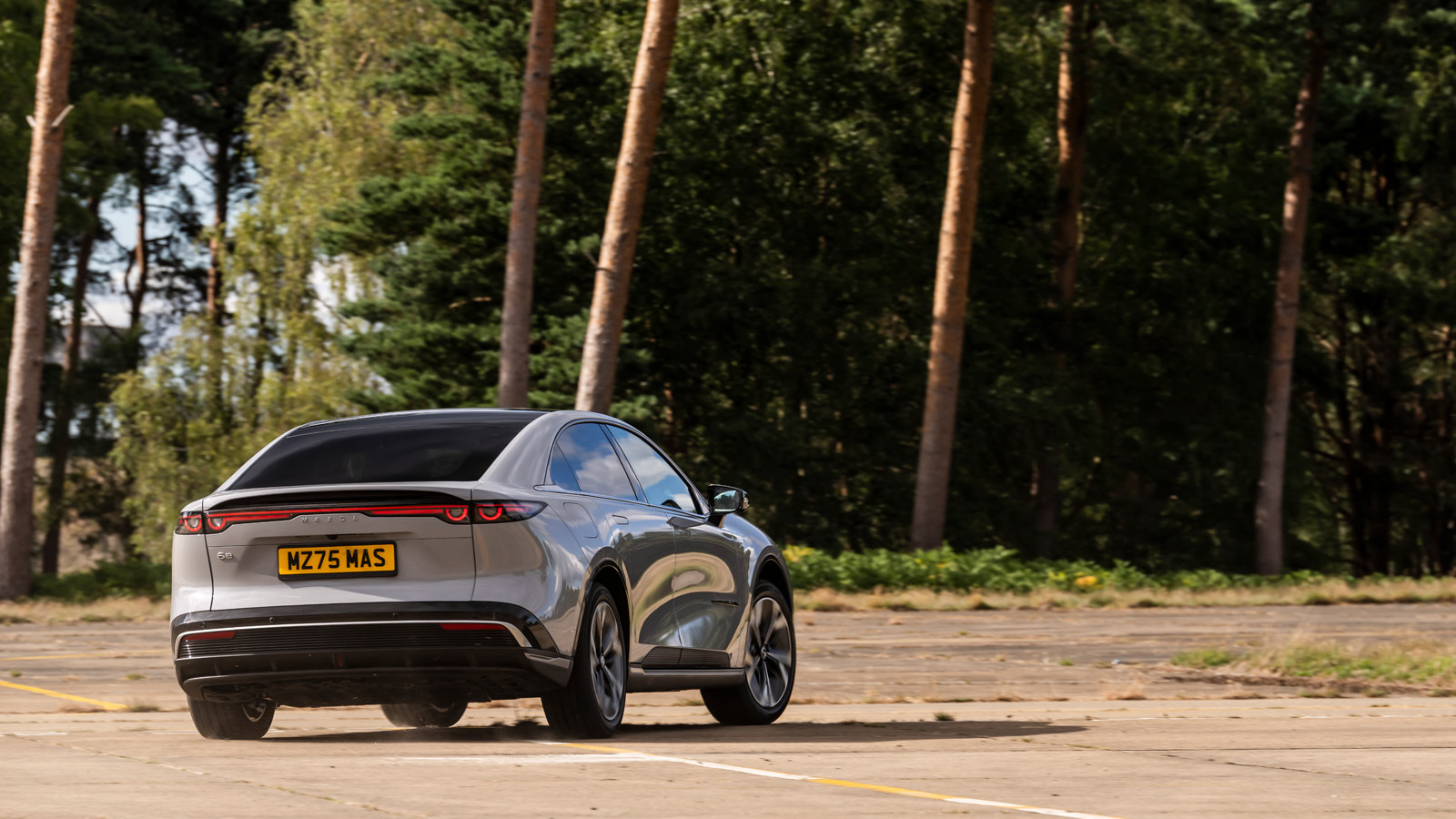 © Mazda
© Mazda -
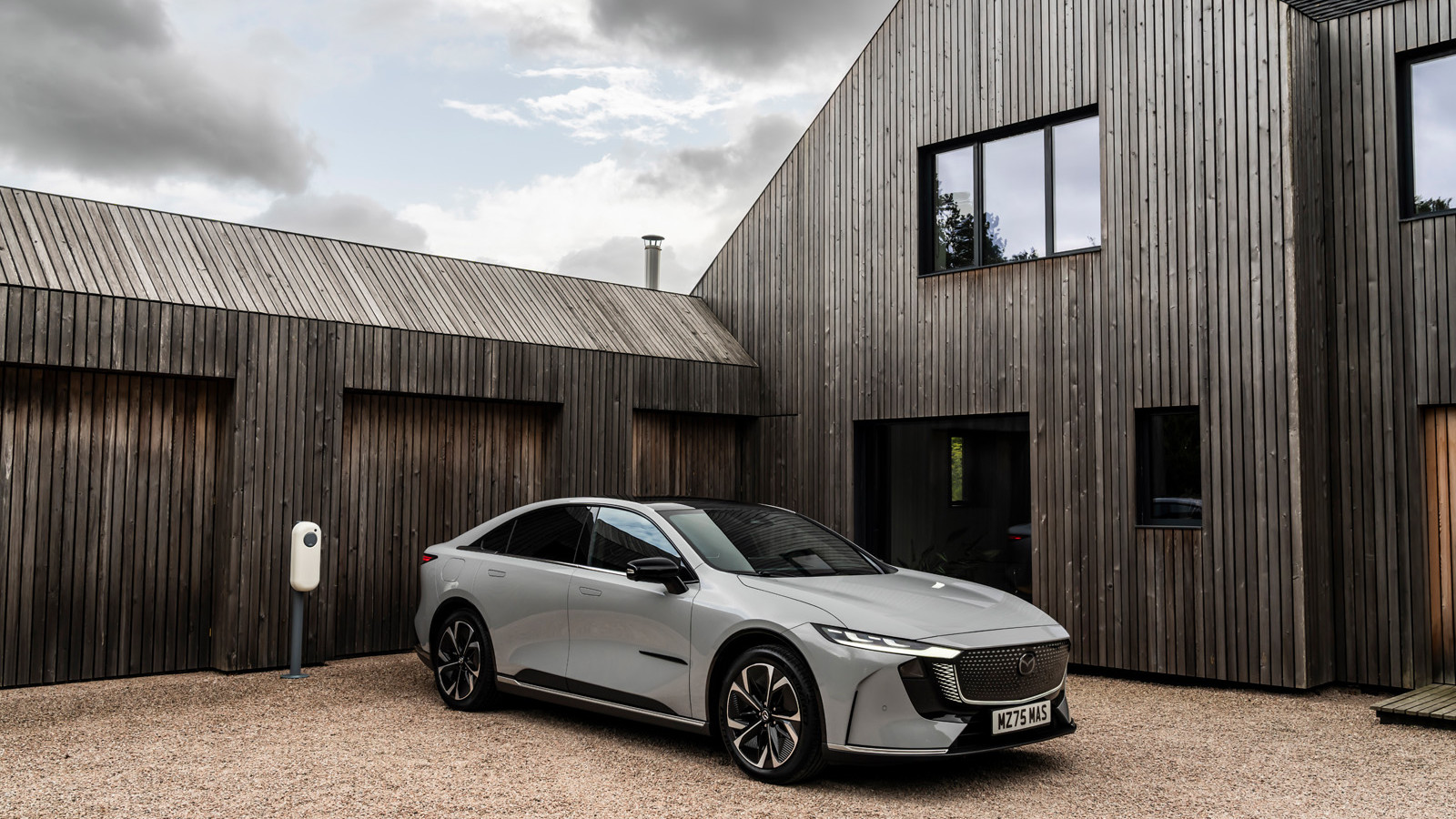 © Mazda
© Mazda -
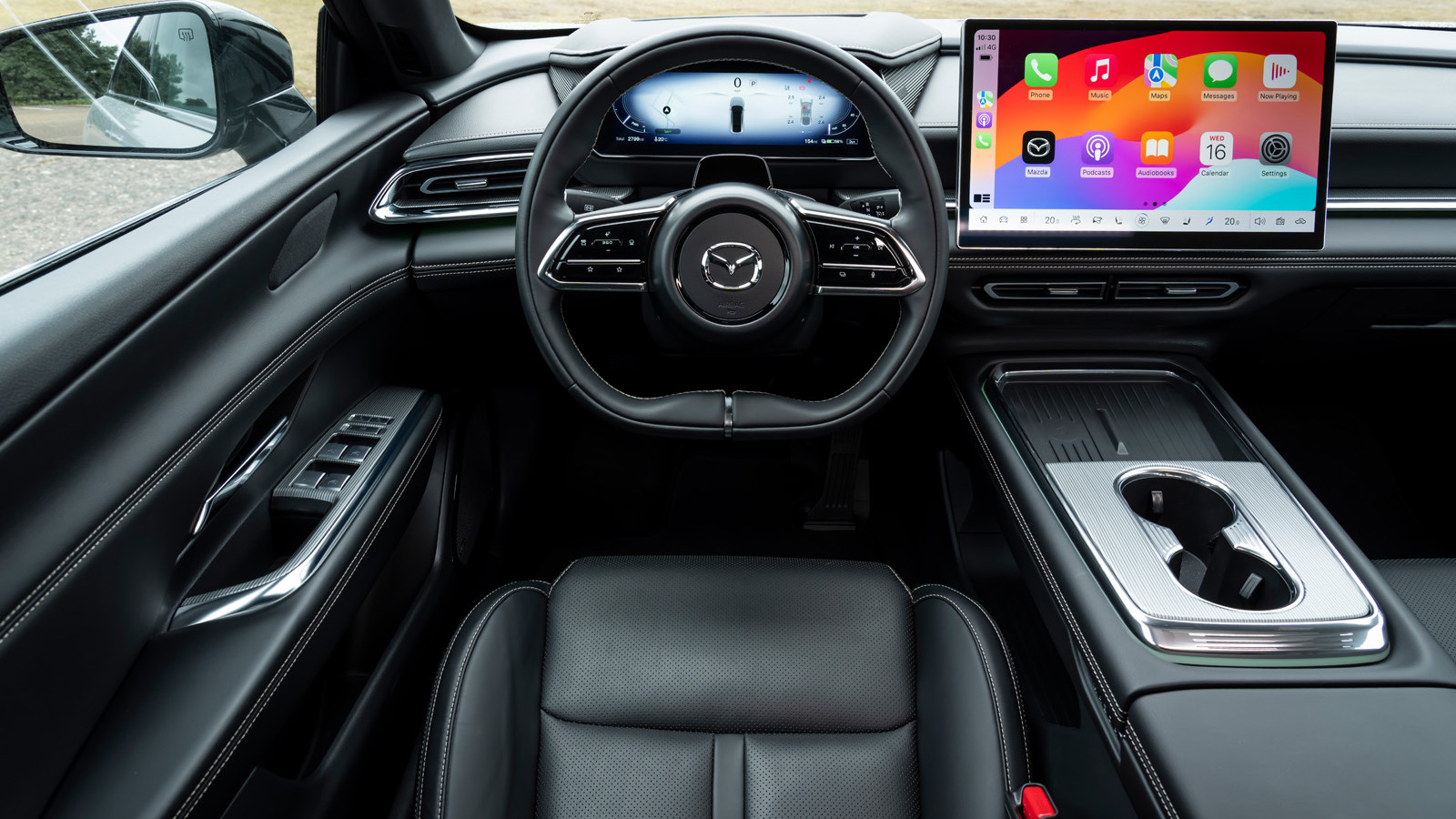 © Mazda
© Mazda -
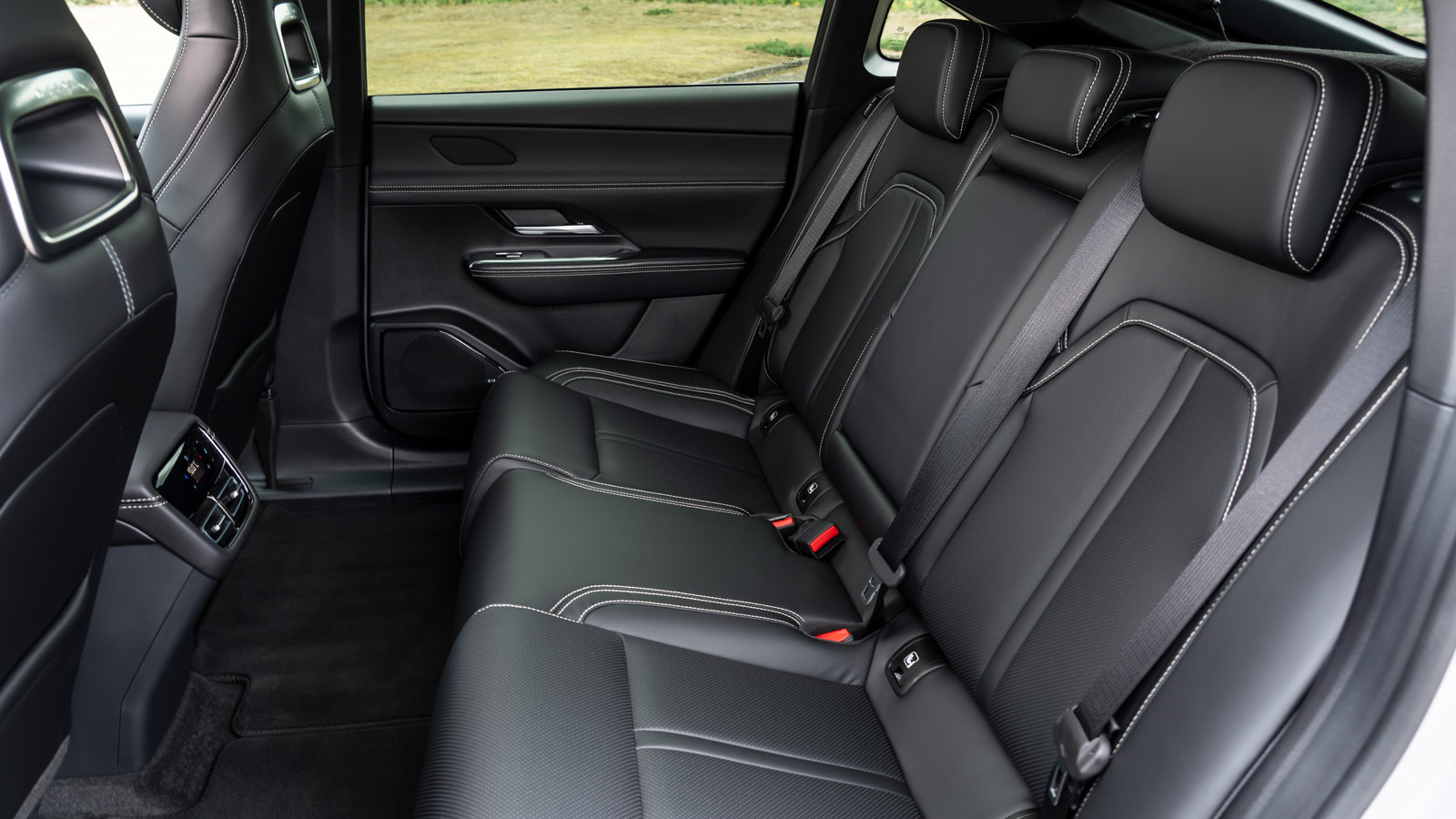 © Mazda
© Mazda -
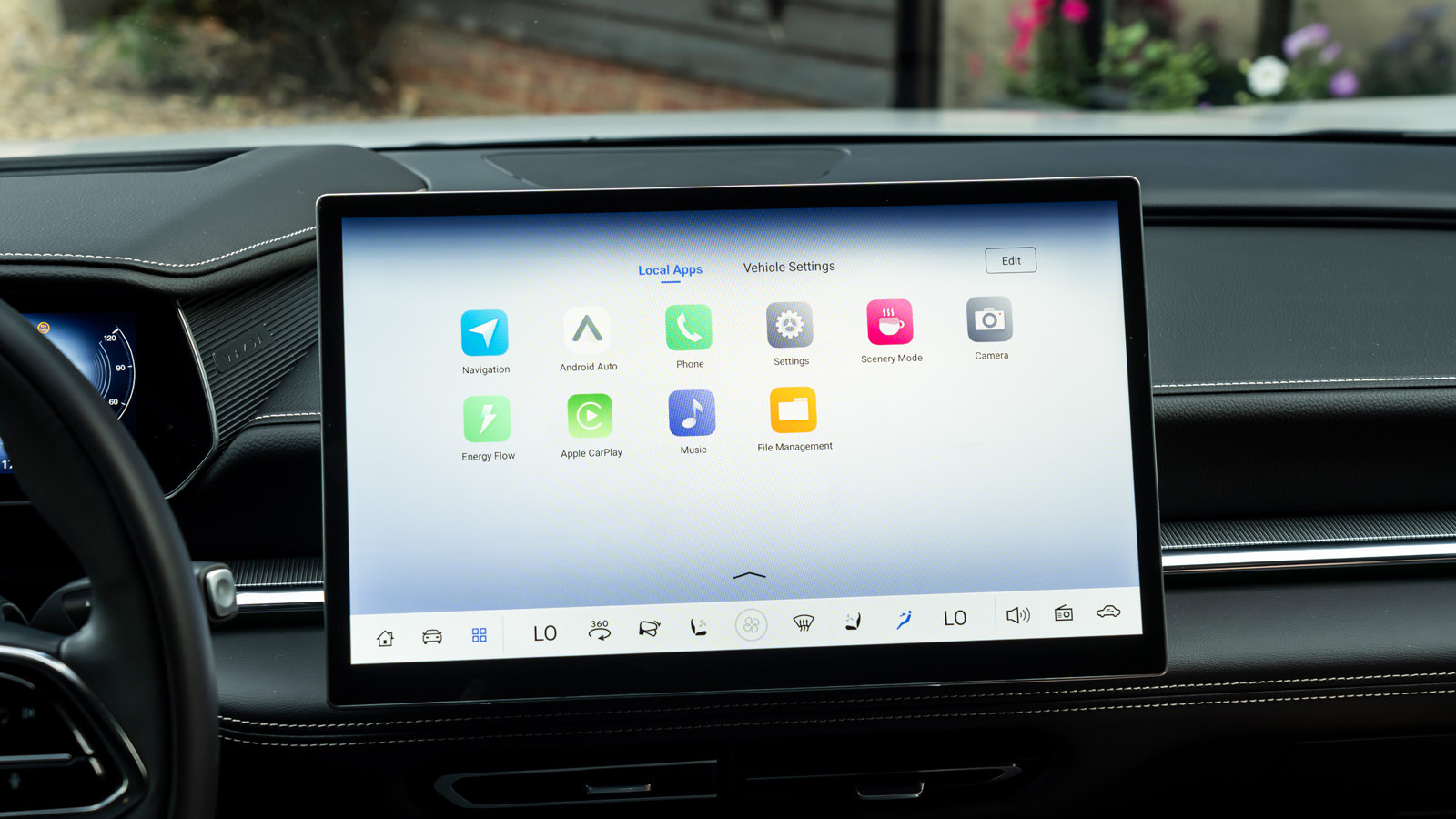 © Mazda
© Mazda -
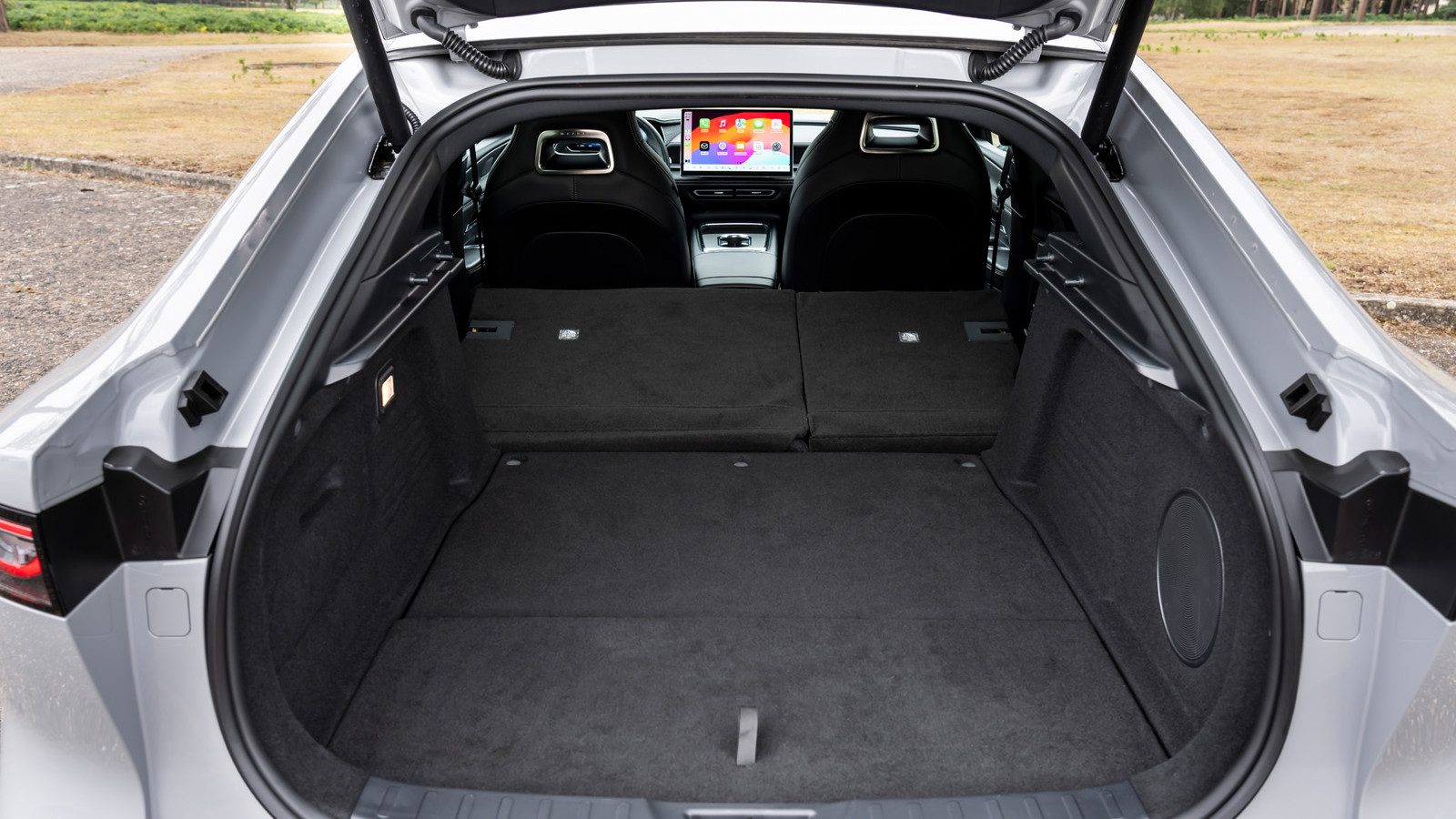 © Mazda
© Mazda -
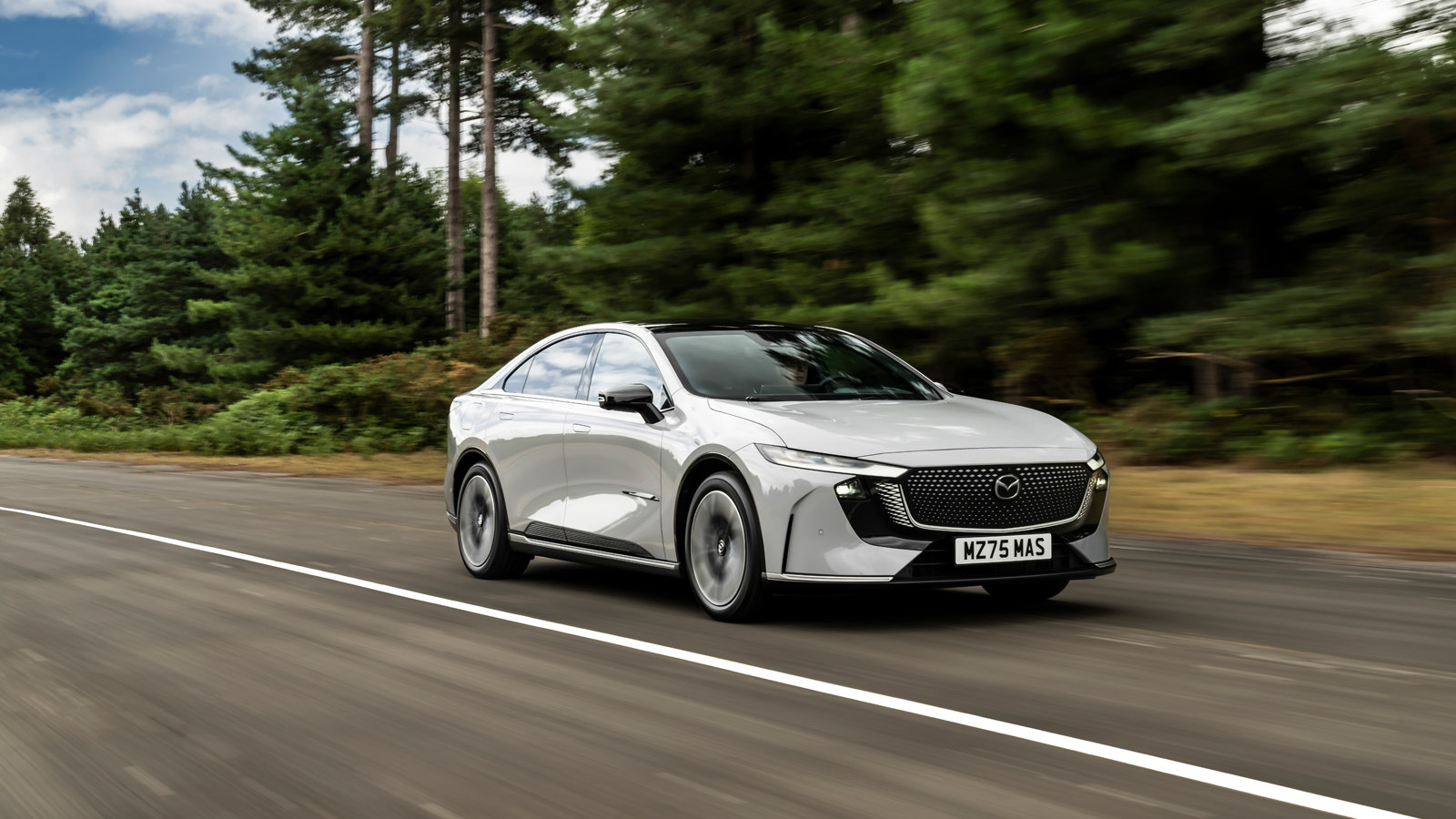 © Mazda
© Mazda -
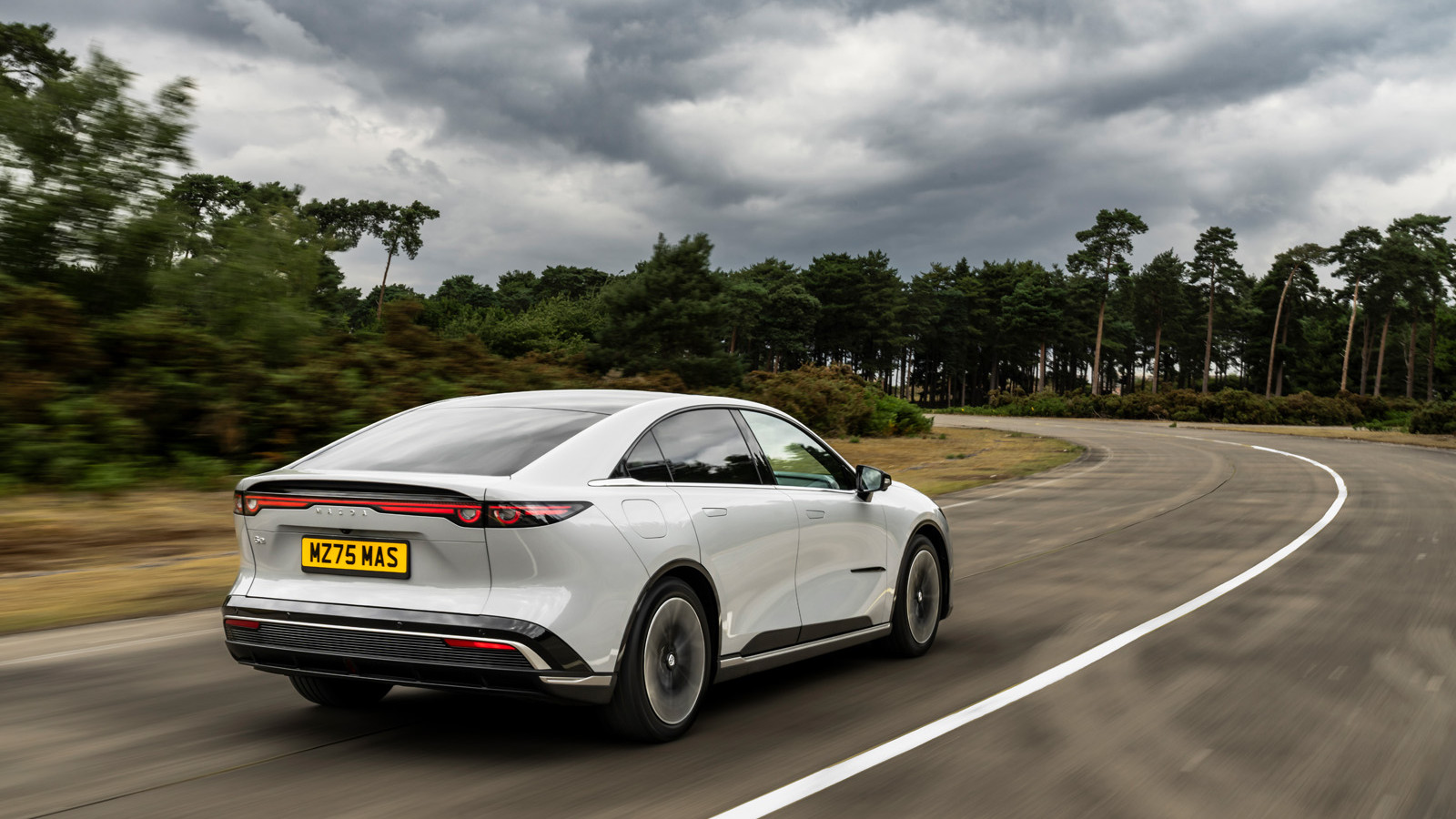 © Mazda
© Mazda -
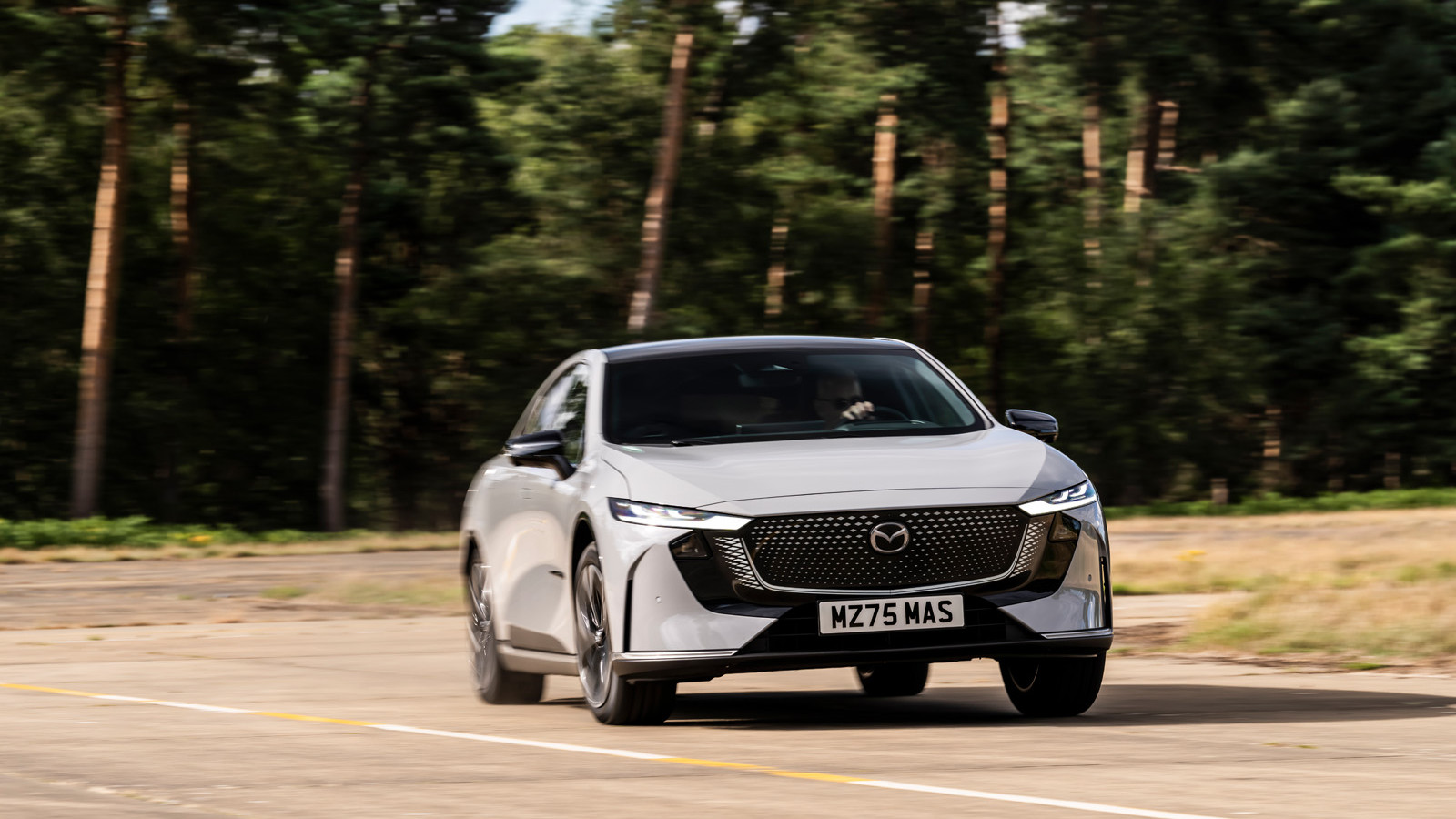 © Mazda
© Mazda -
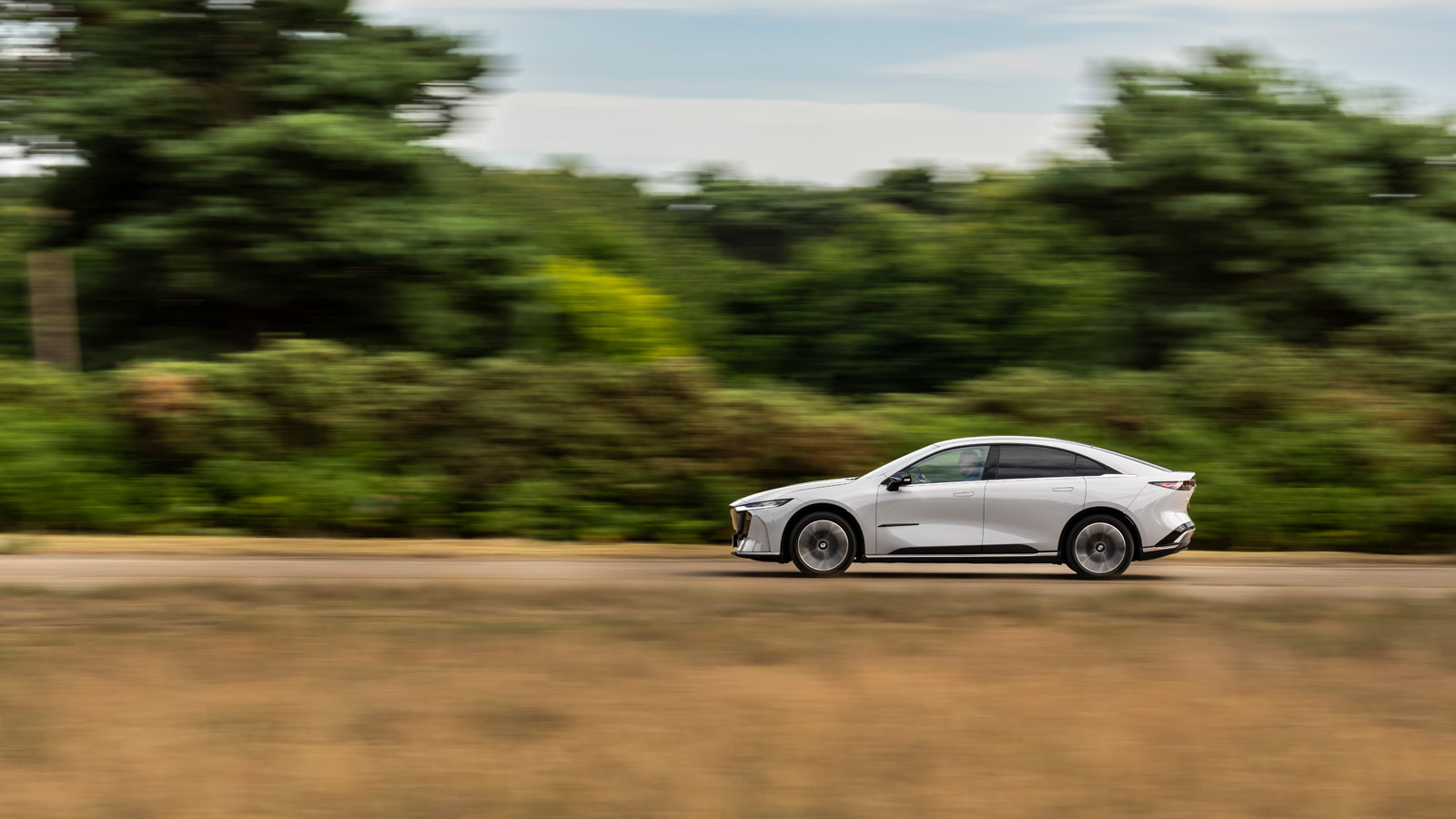 © Mazda
© Mazda -
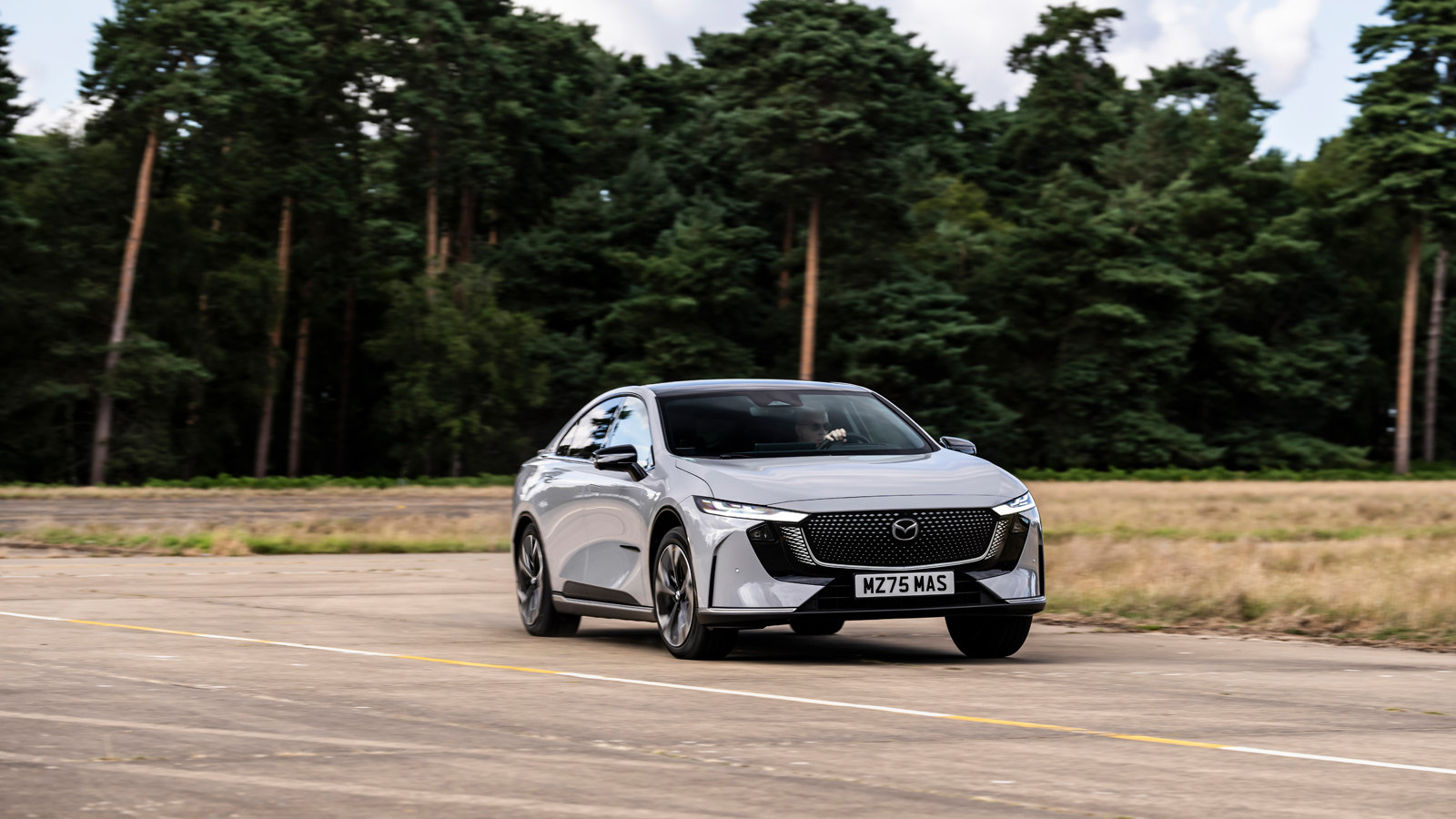 © Mazda
© Mazda -
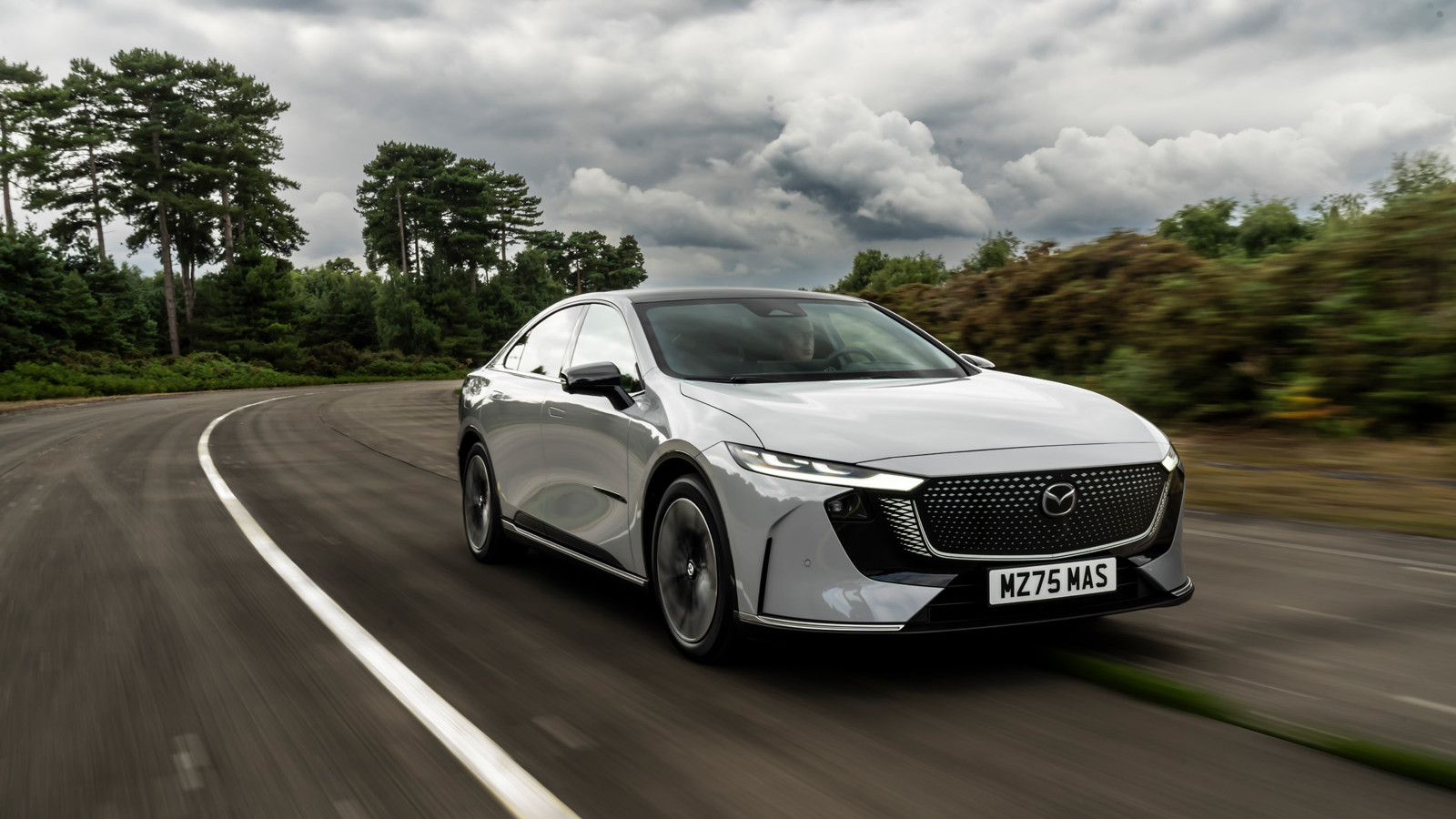 © Mazda
© Mazda -
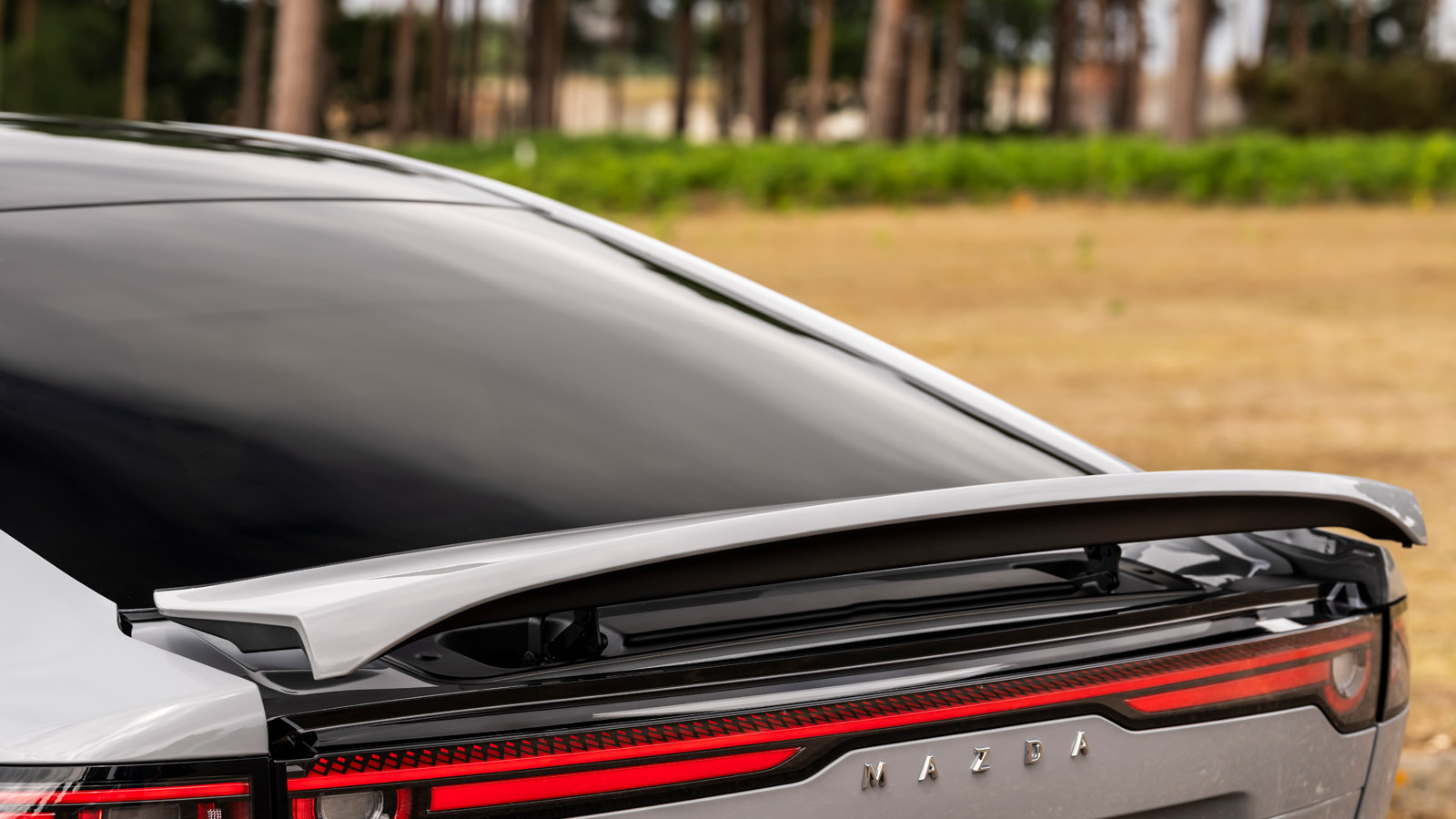 © Mazda
© Mazda -
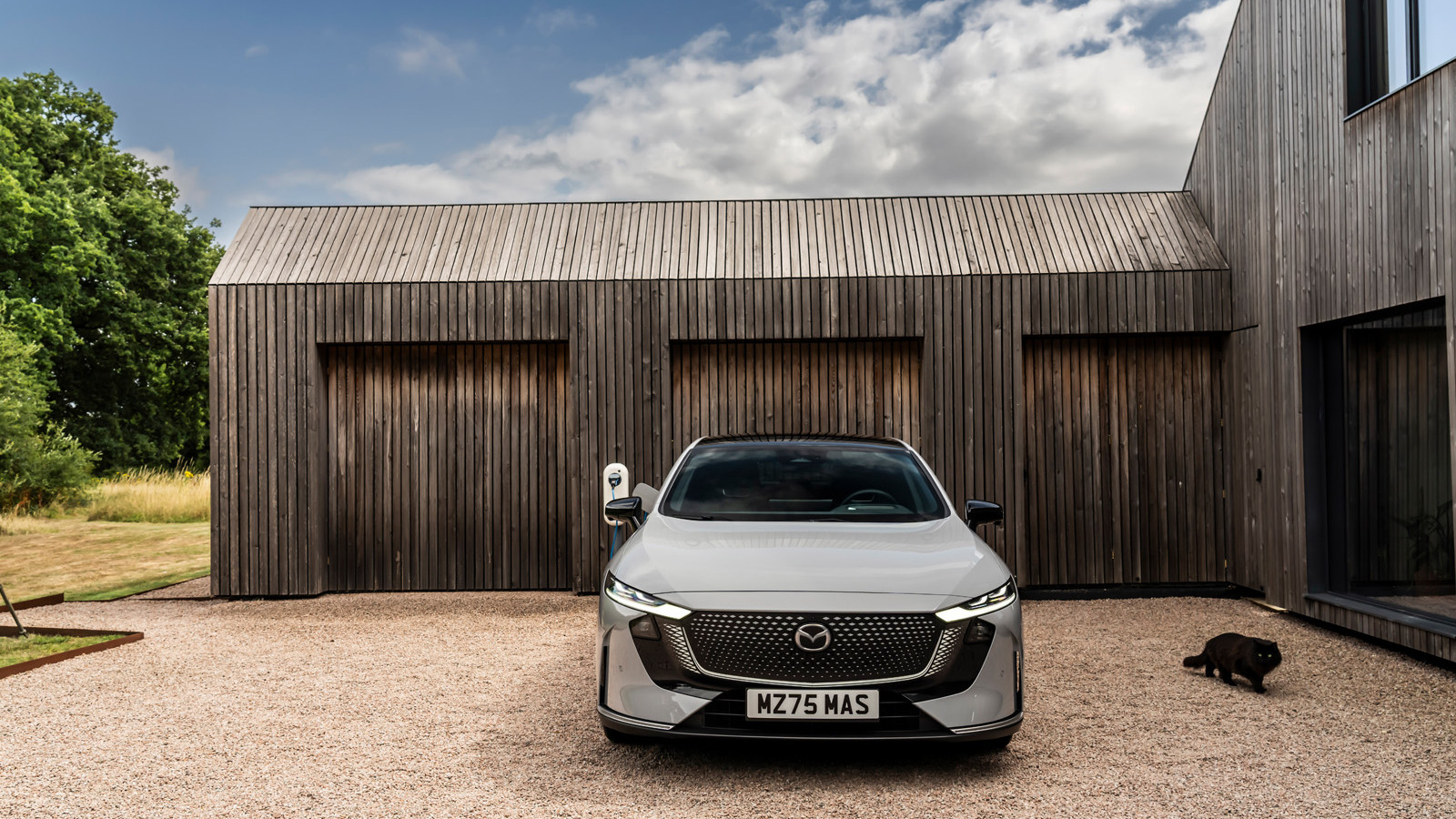 © Mazda
© Mazda -
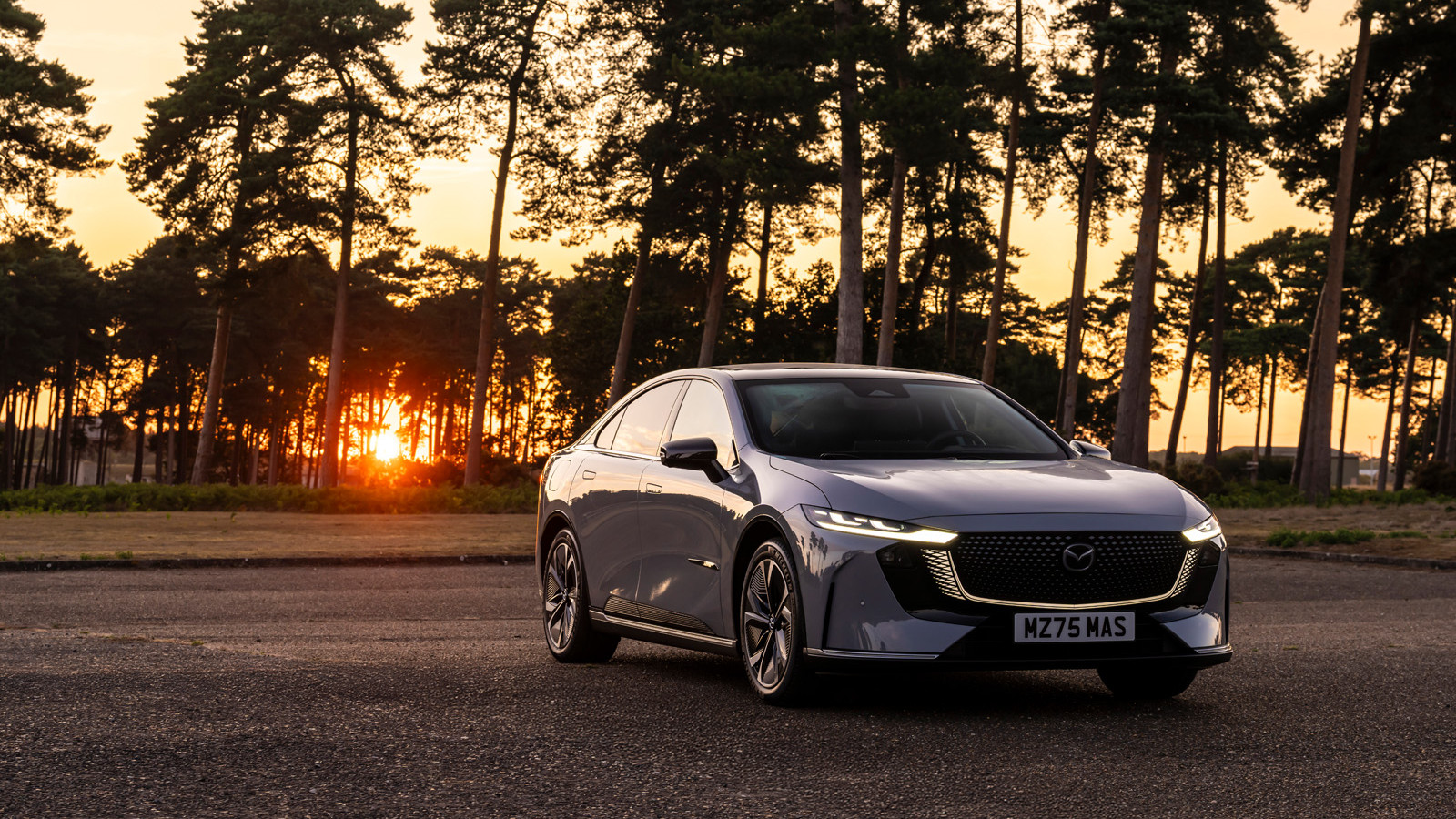 © Mazda
© Mazda
-
The Mazda 6e feels like a forced hand for the Japanese manufacturer.
Many of us would love for Mazda to continue making MX-5s and a supporting cast of sensibly sized hatchbacks with zippy petrol engines and manual gearboxes, perhaps with a couple of straight-six diesels thrown in.
But the powers that be have decreed otherwise. Whether it wants to or not, it needs a credible EV (the MX-30 has charm, but not much else).
For the new 6e, the Japanese firm has turned to its Chinese manufacturing partner Changan and adapted its Deepal SL03 saloon. The model is already on sale in Europe and China, with right-hand drive models due in the middle of 2026.
Explore the new Mazda 6e below...
But does it feel like a traditional Mazda should, or is the 6e just a rebadged Chinese EV? Read on to find out.
-
The design of the Mazda 6e is a clear triumph. Unless you are familiar with the SL03 (unlikely for European audiences), you would never guess it wasn't originally conceived as a Mazda.
Its long, flat bonnet, flowing sides, and elegant silhouette make it a natural and worthy successor to the highly regarded third-generation Mazda 6 saloon, which ceased production in 2023.
-
The integration of Mazda's signature grille is quite clever, with lights subtly emerging from the relatively flat bumper, giving the impression of greater depth.
At the rear, a deployable spoiler and four circular lights echo current Mazda models, as well as the classic FD RX-7.
-
Two battery options are available. The line-up kicks off with a 68.8kWh battery offering 480km (298 miles), while a larger 80kWh unit produces 552km (343 miles).
-
Confusingly, the smaller battery option delivers greater power at 255bhp, while the long-range model offers 241bhp. Additionally, the smaller battery boasts a significantly faster charging rate of 165kW, compared to the larger battery's 90kW.
-
Stepping into the Mazda 6e reveals a significant departure from previous Mazda designs.
The substantial, frameless door opens to a dashboard dominated by a large touchscreen, a stark contrast to the usual array of buttons, smaller screens, and intricate shapes found in older models.
While this direction is consistent with the new CX-5 SUV - a wholly original Mazda creation - it does suggest a shift that may diminish some of the brand's distinctiveness.
-
The 6e stands out from its source material, and the effort put into its differentiation is evident. The Takumi Plus trim, for instance, features an abundance of elegant caramel-coloured leather and suede, creating a sophisticated ambience. The standard Takumi trim offers synthetic leather in either beige or black.
-
It has a 10.2-inch digital driver display and a huge 14.6-inch touchscreen infotainment system. Instead of the brand’s usual button-led setup, every key function, including mirror adjustment, climate control and the heated seats, is controlled through the touchscreen. Even the wiper settings are managed through this system, which is less than ideal and frustrating to use on the move.
-
Practicality is good, however, with lots of legroom front and back, plus a 446-litre boot (when measured to the ceiling), and a 72-litre space under the bonnet.
-
Let’s get to driving. You don’t press a start button: you just get in, pull the knock-off last-gen Mercedes drive selector and go.
-
Our test car, the long-range, 241bhp model, completes 0-62mph in a reasonably brisk 7.8sec. Out on the road, power is delivered smoothly and sufficiently, but it doesn’t feel remarkably quick.
Power tails off fairly quickly, too, and a BMW i4 certainly feels keener to push on under harder acceleration. That said, there’s more than enough power here for smooth motorway driving, quick merging and overtakes.
-
The 6e has some tough competition to match in terms of ride comfort and driving dynamics. We highlighted the car’s wooden secondary ride on our previous drive, and the 6e can’t match the class-leading rolling refinement of the Volkswagen ID 7 on the UK’s battered and scarred roads, either.
-
It feels stiff and restless at low speeds, although the car does settle down slightly on faster A-roads. The cabin is at least well-insulated from wind noise and quiet, save for some tyre roar.
-
On more demanding roads, the 6e’s steering feels well-balanced and direct, making this quite large car easy to place on our winding B-roads.
That said, there’s little here that resembles Mazda’s traditional dynamism. If enjoyment and engagement are on your hit list, the lighter, sharper Tesla Model 3 is the more entertaining option.
-
On narrower stretches of road, the ADAS systems prove seriously frustrating. The 6e offers the usual blend of overspeed warning, driver monitoring, and lane-keeping assistance, the latter of which is prone to overbearing and overcorrecting. The saloon’s bulk doesn’t help here, and it takes several clicks through the confusing touchscreen to turn them off, too.
-
Our drive showed some middling efficiency figures, achieving 3.3mpkWh over a 72 km (45-mile) route on varied roads.
With the car’s 80kWh battery (and 75 kWh usable capability) in mind, that equates to around 397 km (247 miles) on a charge - almost 160 km (100 miles) down on Mazda’s claims. It’s also a shame that its 90kW charging speed is less than half as quick as most of its key rivals.
-
Mazda hasn't revealed UK pricing yet, but the 6e starts from €44,900 (£38,750) in Europe. It undercuts some key rivals, including the Mercedes CLA EQ, Polestar 2 and Volkswagen ID 7.
-
Overall, the Mazda 6e is a classy option, if uninteresting to drive, with several usability frustrations.
While the carmaker has done a decent job at putting a classy Japanese veneer over an otherwise fairly average and generic electric saloon, it couldn’t completely cover up the lumps and bumps of the base car, which doesn’t do anything especially well compared to a talented field of rivals.
